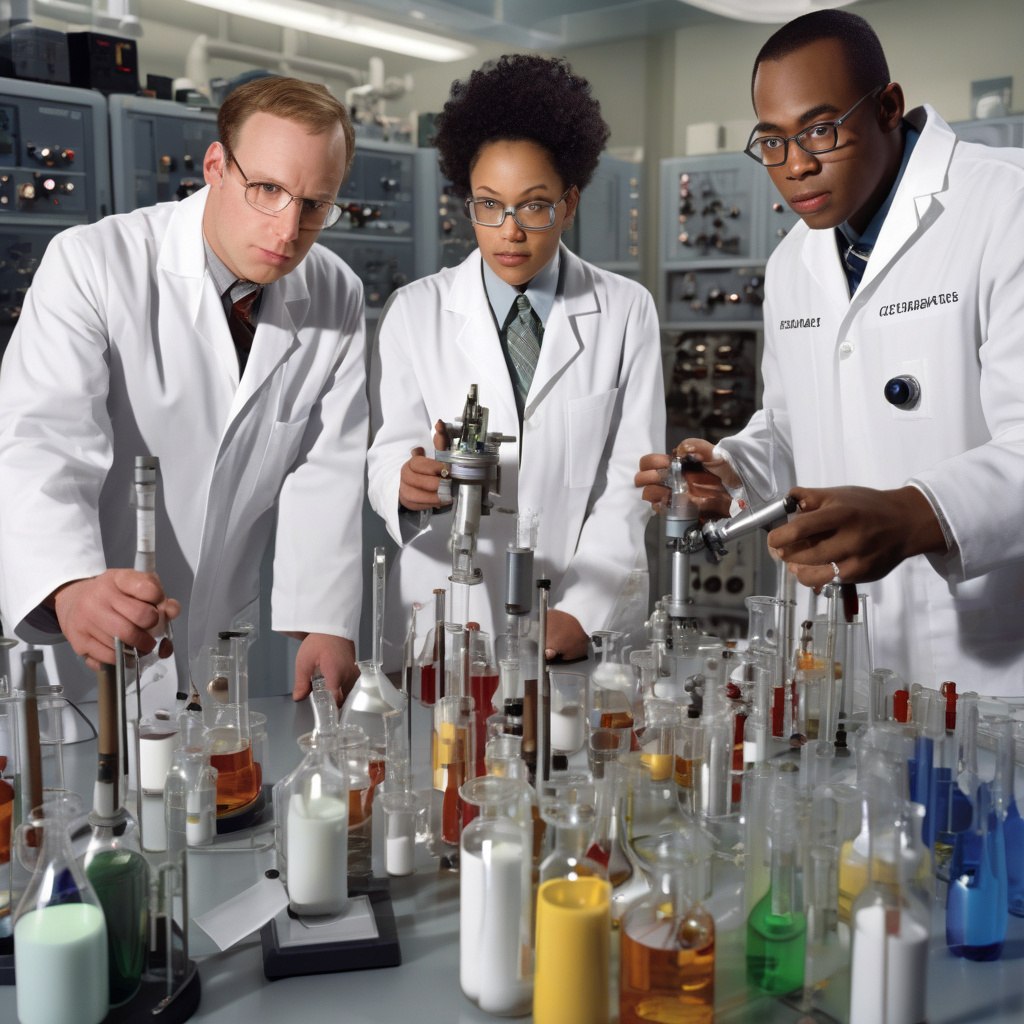Rocket Fuel Breakthrough: US Chemists Develop Compound with 150% More Energy Than Aluminum
A new high-energy compound has been synthesized with the potential to improve rocket fuel efficiency. The University of Southern California (USC) Viterbi School of Engineering has recently announced a groundbreaking discovery in the field of propulsion technology. A team of chemists at USC has successfully created a compound that is 150% more energetic than traditional aluminum-based rocket fuel.
This innovative compound offers a promising solution to the longstanding challenge of developing more efficient and powerful rocket propulsion systems. With space exploration and commercial satellite launches on the rise, the demand for high-performance rocket fuel has never been greater. The development of this new compound could revolutionize the aerospace industry and pave the way for advanced space missions.
The key to the success of this breakthrough lies in the chemical composition of the compound. By carefully selecting and combining specific elements, the researchers at USC were able to create a highly energetic material that surpasses the performance of conventional rocket fuels. This new compound has the potential to significantly increase the thrust and efficiency of rocket engines, leading to faster travel times and reduced costs for space missions.
One of the most significant advantages of this new compound is its energy density. With 150% more energy than aluminum, it offers a higher level of performance while occupying less space within the rocket. This means that spacecraft can carry more payload or travel greater distances without the need for additional fuel storage. The increased energy efficiency of the compound also translates to reduced emissions and environmental impact, aligning with the growing focus on sustainable space exploration.
Furthermore, the stability and safety of the compound have been thoroughly tested and confirmed by the USC research team. This is a critical factor in the development of rocket fuels, as any instability or unpredictability could pose serious risks during launch and flight. The successful synthesis of a high-energy compound that is both powerful and stable marks a significant step forward in the quest for safer and more reliable propulsion systems.
In addition to its application in traditional rocket propulsion, the new compound could also have implications for other industries. The high energy density and efficiency make it a promising candidate for use in military missiles, fireworks, and even automotive racing fuels. The versatility of this compound opens up a wide range of possibilities for innovation and advancement in various fields that rely on high-performance energetic materials.
As the aerospace industry continues to evolve and expand, the demand for advanced propulsion technologies will only continue to grow. The development of this new high-energy compound by the USC Viterbi School of Engineering demonstrates the importance of ongoing research and innovation in pushing the boundaries of what is possible in space exploration and beyond. With further development and commercialization, this breakthrough has the potential to revolutionize the way we think about rocket fuel and propel us into a new era of space travel.
In conclusion, the synthesis of a compound with 150% more energy than aluminum represents a significant milestone in the field of propulsion technology. The implications of this breakthrough are far-reaching, with the potential to enhance the efficiency, safety, and sustainability of rocket propulsion systems. As researchers continue to explore the possibilities of this innovative compound, the future of space exploration looks brighter than ever.
rocketfuel, propulsiontechnology, USCresearch, spaceexploration, energyefficiency












